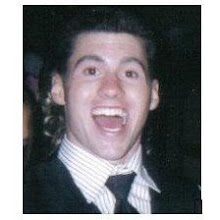
Some of the difficulties or challenges that I have faced so far at St. Mary’s have been getting the kids involved and focused on playing the games we provide for them. The kids get so excited they start running around and don’t pay attention to your instructions. Some of the games we have introduced have been too advanced for their age group so the games don’t go as smoothly as planned. Also, the attendance is always different. The kids leave at all different times so you might have a game that starts off with ten kids and within two minutes you only have two kids left and then the game becomes hard to play. Ideas or suggestions to resolve the difficulties or challenges are to play better age appropriate games. Make sure that kids starting from Pre k up to grade 5 will be able to play these games without any confusions or problems. You should test out your games before you go to lab so you know it is age appropriate. Also, you can have games on reserve so when a bunch of kids leave and you only have a few remaining you have fun games for just the few kids left to play.




